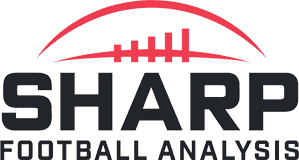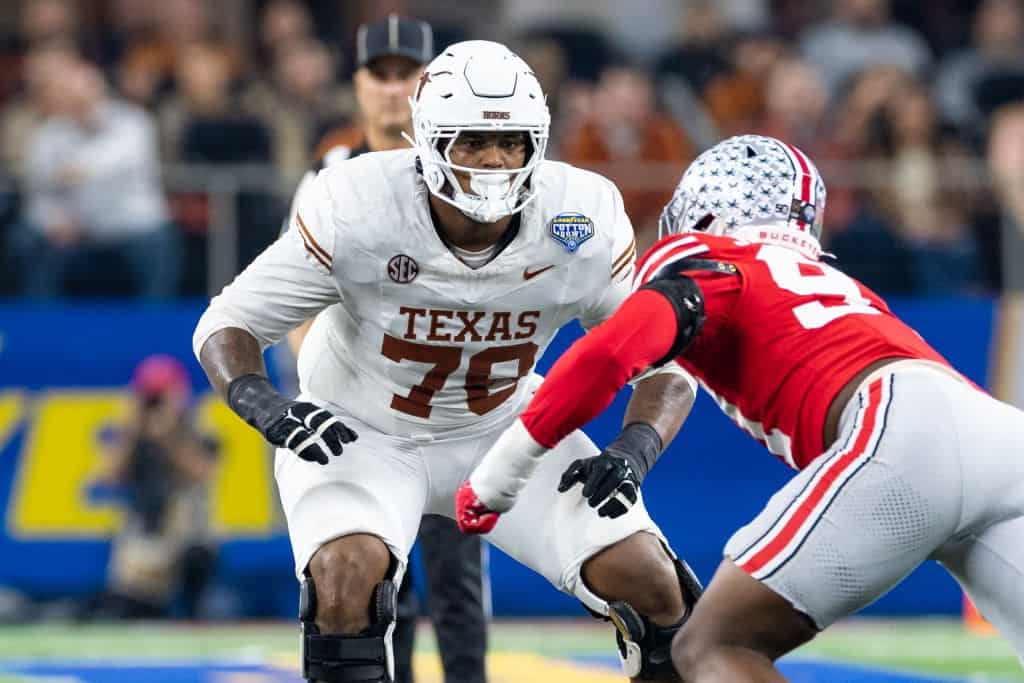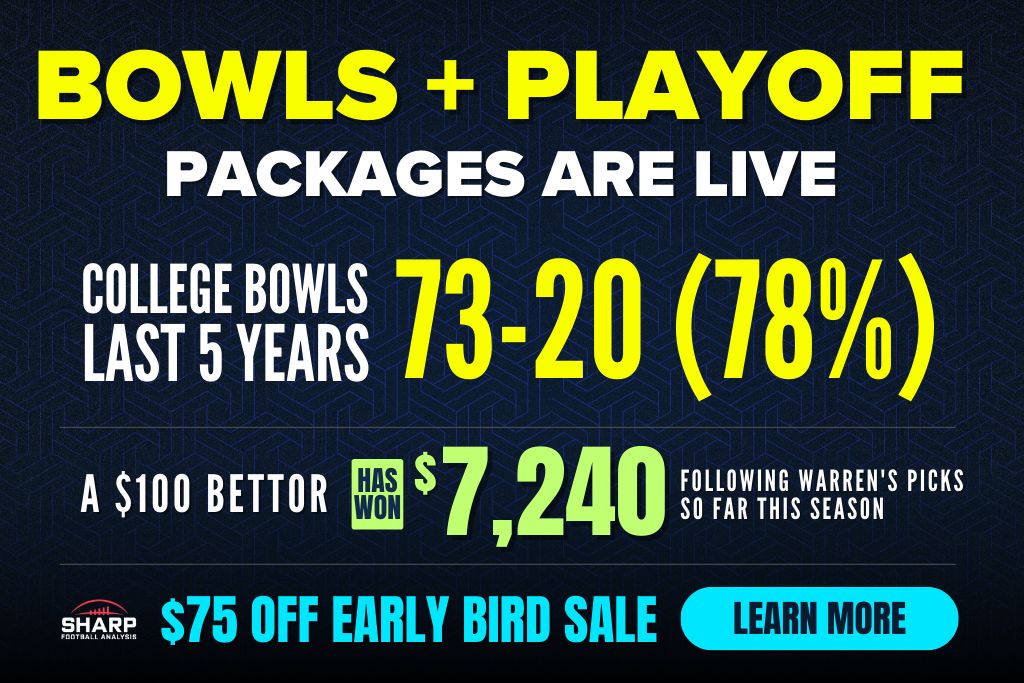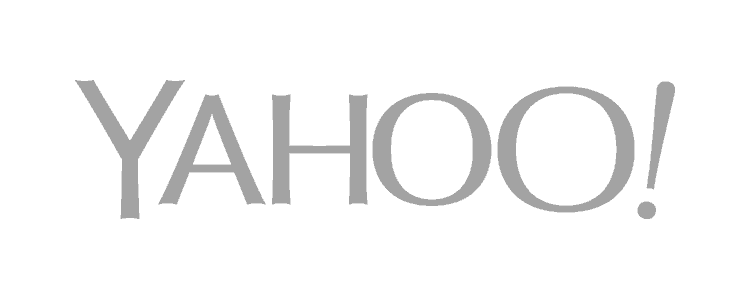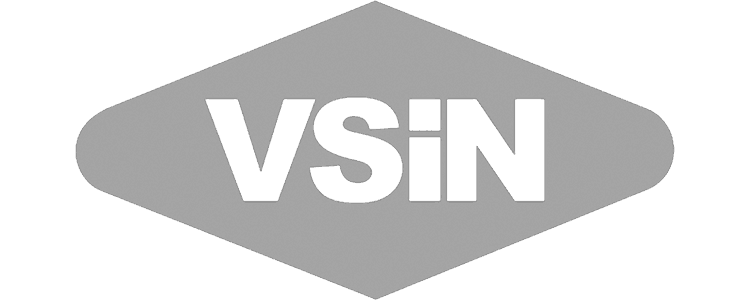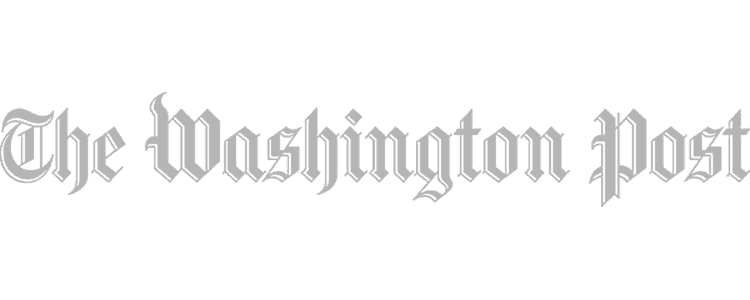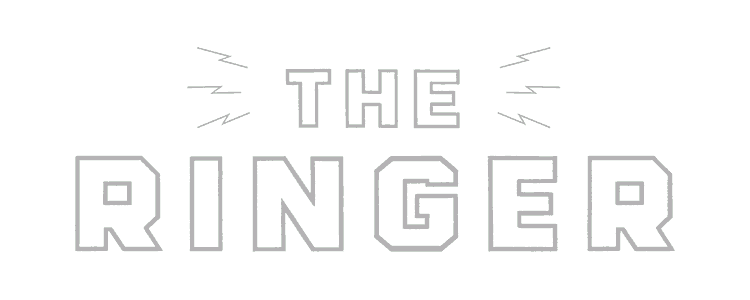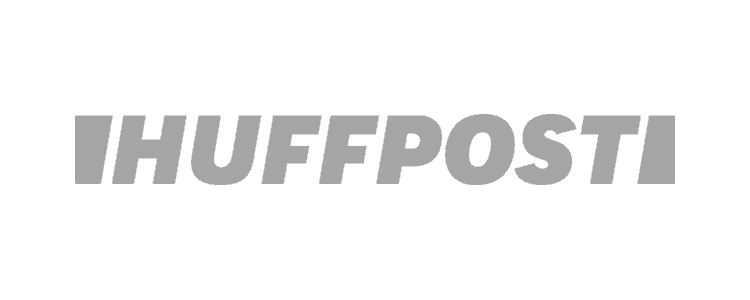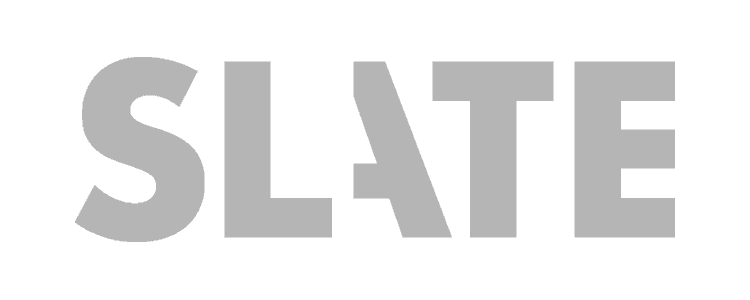The following is an excerpt from Warren Sharp's 2025 Football Preview book. In addition to Warren's deep, detailed write-up on all 32 NFL teams, each chapter features page after page of full-color charts, stats, and heatmaps as well as draft class analysis from Ryan McCrystal. Click here for a full FREE chapter from the 2025 Football Preview.
With 2025 NFL training camps on the horizon, we’re starting to understand how 2025 NFL draft classes will impact each roster this season.
Let's look at the New Orleans Saints, breaking down the most likely instant-impact rookies from each class, while also providing some insight into why certain early picks may not see the field.
Who are the New Orleans Saints rookies?
- Kelvin Banks Jr. (OL, Texas)
- Tyler Shough (QB, Louisville)
- Vernon Broughton (DL, Texas)
- Jonas Sanker (S, Virginia)
- Danny Stutsman (LB, Oklahoma)
- Quincy Riley (CB, Louisville)
- Devin Neal (RB, Kansas)
- Moliki Matavao (TE, UCLA)
- Fadil Diggs (EDGE, Syracuse)
New Orleans Saints Draft Class Grade:
The New Orleans Saints received a B draft grade from Sharp Football.
Which Saints Rookies Will Make An Impact?
The Saints made a significant addition to the offensive line with Kelvin Banks Jr. (first round), though it remains to be seen where he lines up.
In rookie camp, Banks was used at guard and tackle, and the coaching staff has said they will move him around to find the best fit.
Ideally, Banks replaces former first-round pick Trevor Penning at right tackle. Penning ranked 31st out of 34 right tackles in pressure rate allowed last year.
Alternatively, Banks could stick at his college position, left tackle, and Taliese Fuaga could move back to his college position, right tackle.
Some teams viewed Banks as a guard due to his average arm length and athletic traits, but the same comments were made about Fuaga last year, and the Saints plugged him in at left tackle. So it seems unlikely New Orleans shared those concerns.
When his quarterbacks took a traditional dropback last year, Banks had a 1.3% blown-block rate, the nation’s third-lowest rate among left tackles.
That type of production against Texas’ schedule should be evidence of Banks’ ability to stick at tackle.
The selection of Tyler Shough (second round) was a move of pure desperation 一 but it’s far better to make that move on Day 2 than in the first round. If Shough fails, it will be easy to move on after just one year.
Although Shough is a capable athlete, given his injury history, it’s probably best to view him as a pocket passer 一 and it’s been a long time since anyone in the league developed a pure pocket pass to long-term success.
To succeed as a pocket passer, Shough will need to demonstrate a high level of accuracy, something which he did not do in his college career.
Based on route adjusted data, Shough’s on-target rate was 0.5% above expected over the last three years overall, and 3% below expected on explosive routes (routes which produce an average of 20 or more yards per reception).
Vernon Broughton (third round) adds some unnecessary depth to the defensive line. Bryan Bresee, Davon Godchaux, and Nathan Shepherd are all under contract through at least 2026.
Broughton spent five years at Texas and didn’t earn a starting role until his redshirt-senior year. He then
Although Broughton was a productive run defender, he struggles to push the pocket as a pass-rusher, producing a pitiful 3% pressure rate when lined up as a three-tech.
Broughton’s size and length fits the Saints' former defensive scheme well, but this is the first time the front office wasn’t drafting for Dennis Allen’s defense since 2015.
Allen favored three-man fronts (62% last year), while new defensive coordinator Brandon Staley leans on four-man fronts (29% three-man front rate in 2023 with the Chargers).
Jonas Sanker (third round) adds a well-balanced skill set to the secondary. He will likely be groomed to replace Tyrann Mathieu, who is in the final year of his contract.
Sanker had a 10% missed tackle rate last year, among the lowest of this year’s safety class.
Danny Stutsman (fourth round) also has the potential to be developed into a starter and will spend his rookie year learning behind Demario Davis, who is also in his final contract year.
Stutsman plays with an old-school style as a downhill run defender, and will need to develop his coverage skills if he’s to eventually replace Davis.
Quincy Riley (fourth round) will have an opportunity to compete for a starting job immediately due to the Saints' lack of depth at cornerback. Free agent addition Isaac Yiadom will probably be Riley’s competition.
Riley is an aggressive ball hawk, which leads to some big plays for the offense, but he also generated 15 interceptions over the last five seasons.
Devin Neal (sixth round) was productive in a friendly run scheme at Kansas, but he lacks the vision and physical style of play to consistently create for himself at this stage of his career.
Neal will compete for a backup role with Kendre Miller and Clyde Edwards-Helaire.
Moliki Matavao (seventh round) is a blocking tight end who joins a crowded depth chart. He will likely compete with Jack Stoll for a spot on the roster, as both offer blocking skills with limited pass-catching upside.
Fadil Diggs (seventh round) was a productive pass-rusher during his final season at Syracuse after transferring from Texas A&M.
Diggs generated a strong 13% pressure rate on the edge last year, and his 1.6 10-yard split is evidence that he has the initial burst to remain productive.
Given the lack of draft capital invested in him, a roster spot isn’t guaranteed for Diggs, but he looks like a potential late-round steal if he’s able to win a roster spot.
The Saints put together a unique draft class, mostly because of the selection of Shough. If he’s the rare Day 2 quarterback who pans out, this class will be a success regardless of what everyone else does.
The Shough selection was an undeniable risk, and Derek Carr’s injury may have forced the team’s hand. But give credit to Mickey Loomis and Jeff Ireland for putting together an uncharacteristically large draft class to offset some of that risk with a talented group of prospects from the later rounds.
This analysis continues in the 2025 Football Preview
Order Warren Sharp's 2025 Football Preview to get draft class analysis for all 32 NFL teams.
Warren Sharp’s 550+ page full-color PDF, the 2025 Football Preview, is unlike anything you have previously read. Stunning visualizations, including new heat maps, are built with the reader in mind. Innovative, next-level thought process abounds in every team chapter and article.
Get Warren's Book for $34.99
Warren Sharp's book shares insights into the players, coaches, teams, and philosophies with one goal: to prepare you for the 2025 NFL season with the smartest information delivered in the fastest, most direct way possible for optimal reviewing and retention.
- Team Chapters previews are in-depth, data driven & full of actionable info
- Fantasy Football player profiles, predictions, and ranks
- Vegas Odds forecast team wins, division rankings, lines for all 2025 games
- Coaching strategic advice for teams, play calling analysis & team tendencies
- Front Office Analysis positional spending, roster construction & cap analysis
- Reasons to bet over/under win totals & analysis of futures betting market
- Rookie draft class deep dive into impact for every team
- Rankings for every positional unit on every team with analysis
